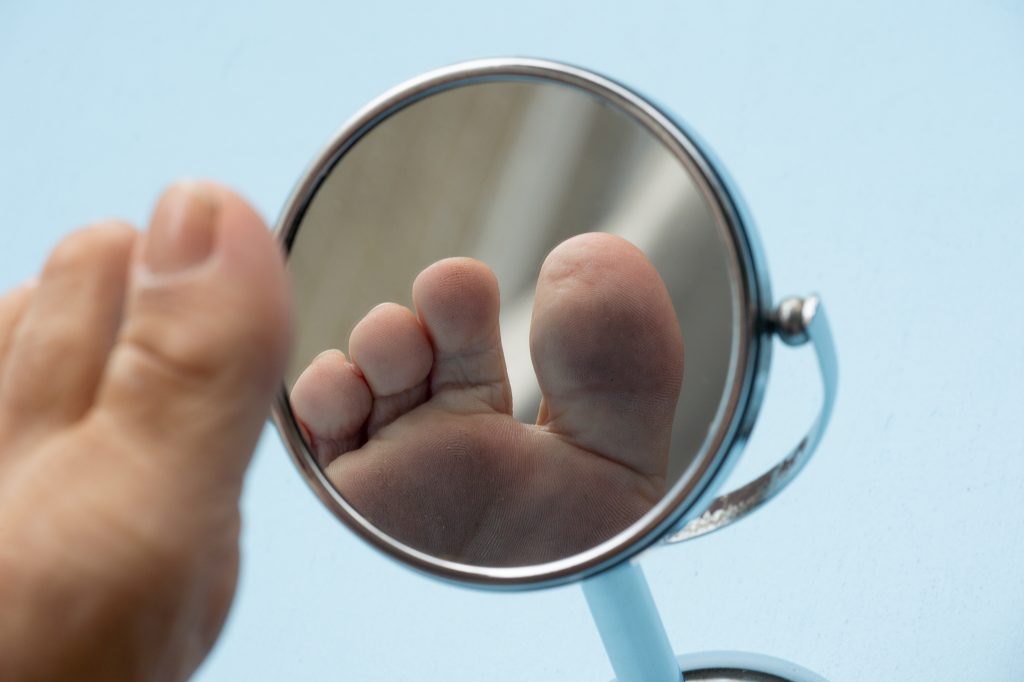What You Need To Know About Charcot’s Foot

Charcot’s foot is one of the more worrying complications of those with diabetic neuropathy.
This is a rare but serious complication that may eventually lead to amputation if untreated. Charcot’s foot affects the bones, joints, and soft tissues of the foot and ankle. Over time, the bones in the foot can break, the joints can collapse and dislocate.
This happens over time, and eventually, the foot can become deformed – forming pressure sores in the foot or ankle where weight is being incorrectly distributed.
The open wounds caused by the deformities and open sores can then lead to infection, and if allowed to progress far enough, even amputation.
What is really important to know is that most diabetics that have this condition have no pain. This is happening without any ability of the person to feel it.
What Causes Charcot Foot?
When patients have diabetes, or even pre-diabetes, they can begin to experience peripheral neuropathy. This means that they can no longer feel pain in their extremities – particularly and most commonly the feet.
Because of this, they don’t feel a foot injury when it occurs. When something like an ankle sprain goes untreated, it can lead to worsening complications.
One of the most common physical indicators of Charcot’s foot is a visible collapse of the arch. This is called a “rocker-bottom” foot deformity. The arch flattens, and the toes can start to curve under. Where the arch is normally raised off of the ground, it connects with the ground before any other part of the foot.
How Is Charcot Foot Treated?
The best way to treat Charcot’s foot is to catch it early. When we treat Charcot’s foot, we have three main and basic goals: take the weight off the foot, prevent or manage already-occurring deformation with specialized footwear, and prevent new fractures and injuries that can contribute to deformation.
Once we achieve our basic goals, there is an entire algorithm of treatment that we follow to improve the condition of our patients that have Charcot arthropathy.
Offloading weight from the foot may require crutches, a boot, or in the worst cases, a wheelchair. But it’s essential to follow medical recommendations to ensure that the condition of your foot doesn’t worsen. The goal of our treatment is always to keep the limb; that is, we do everything possible to prevent amputation.
Surgery is recommended for patients who have severe ankle or foot deformities that make them unstable and unable to walk. It is also indicated for those with ulcers or about to have an ulcer on the foot.
If the deformity is too advanced for orthotics and other non-surgical options, surgery may be recommended. After the surgery, the patient will be unable to put weight on their foot for an extended period of time during recovery.
You can avoid surgery if you take steps today. Those who are at high risk of developing Charcot’s foot should be wearing protective footwear and keeping an eye on their foot health every day.
We are absolute experts in the care and management of diabetic foot complications and problems. If you or a loved one is at risk of developing Charcot’s foot, click below to make an appointment today:





